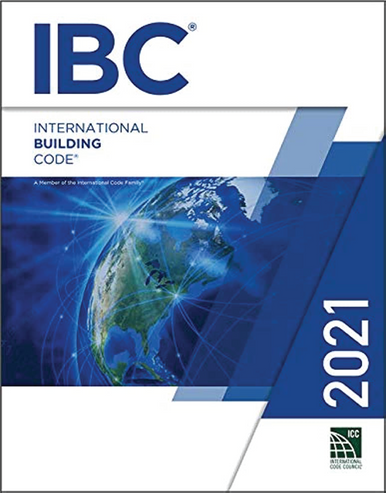The code emphasizes the value of utilizing and repurposing existing buildings, recognizing the economic, environmental, and cultural benefits of preserving these structures. It provides a comprehensive framework for the repair, alteration, addition, and change of occupancy of existing and historic buildings. This approach balances the need for modern functionality with the importance of maintaining structural integrity and heritage value.
By focusing on adapting existing buildings, the code reduces the demand for new construction, minimizing resource consumption and construction waste. It is particularly tailored to ensure that renovations and modifications achieve appropriate levels of safety without mandating full compliance with the stringent requirements established for new construction in other International Codes (I-Codes). This allows for greater flexibility and practicality in revitalizing older structures.
For historic buildings, the code is especially considerate, offering guidelines that preserve architectural significance while ensuring safety and usability. This fosters the sustainable reuse of structures with historical importance, promoting cultural continuity and economic revitalization in communities.
In essence, the code is a forward-thinking guideline designed to optimize the lifecycle of buildings, reduce environmental impact, and maintain safety standards. It underscores a commitment to sustainability and historical preservation, ensuring that existing structures remain functional, relevant, and safe for contemporary use.












David –
Nice Book